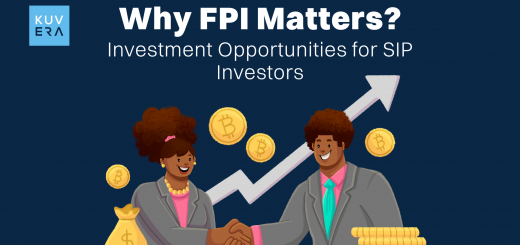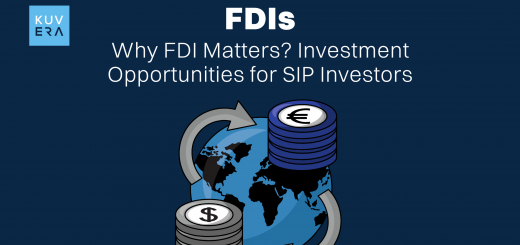Understanding investor behaviour often feels like decrypting a complex code. However, psychological experiments conducted over the years offer a trove of insights. Here, we explore ten of the most influential psychological experiments that can enlighten us about investor behaviour and psychology.
1. Stanford Prison Experiment (1971)
This groundbreaking experiment, led by psychologist Philip Zimbardo, demonstrated the strength of roles and expectations in shaping behaviour. Participants randomly assigned as ‘prisoners’ or ‘guards’ began to internalise these roles to an extreme. This suggests that investors’ self-perceptions, based on their past performance or professional advice received, may substantially influence their future investment decisions, leading to potential self-fulfilling prophecies.
Explore mutual funds here and start your SIP here.
2. Milgram Experiment (1963)
Stanley Milgram’s study on obedience highlighted how individuals tend to follow instructions from perceived authority figures, even when such actions conflict with their personal conscience. Applied to finance, investors may blindly follow the advice of experts or market influencers, potentially leading to imprudent decisions. This highlights the importance of independent analysis and due diligence.
3. Framing Effect (Tversky and Kahneman, 1981)
The framing effect, a cognitive bias, shows that individuals’ choices can be swayed by how the same factual information is presented. In investing, risk preferences can change based on whether potential outcomes are framed as gains or losses. This can lead investors to make suboptimal decisions based on emotion rather than rational analysis.
4. Asch Conformity Experiments (1951)
Solomon Asch’s studies on conformity demonstrated the powerful effect of group pressure on individual judgement. Translated into investment behaviour, the ‘herd mentality’ can lead to market bubbles or crashes. Investors often follow popular trends or the majority opinion, even when they contradict their own judgement.
5. Ellsberg Paradox (1961)
This thought experiment illustrates ‘ambiguity aversion’, where individuals prefer known risks over unknown ones. In the financial world, this could explain why investors tend to shy away from novel investment opportunities, such as cryptocurrencies or emerging markets, favouring familiar, ‘less risky’ options.
6. Hawthorne Effect (1924-1932)
This phenomenon, first observed in studies at Western Electric’s Hawthorne Works, shows that individuals modify their behaviour when they are aware they’re being observed. Similarly, investors might alter their investment strategy based on whether they believe their actions are being scrutinised by peers, financial advisors, or the public.
7. Dunning-Kruger Effect (1999)
This psychological bias demonstrates that individuals with low ability at a task overestimate their ability. In investment terms, this can lead to overconfidence, causing investors to overestimate their understanding of the market and underestimate potential risks.
8. Bystander Effect (Latane and Darley, 1968)
The Bystander Effect explains how individuals are less likely to help a victim when others are present. Applied to investing, this could be analogous to the diffusion of responsibility seen in large investment groups or committees, which can lead to less rigorous analysis or decision-making.
9. Learned Helplessness (Seligman, 1967)
Martin Seligman’s research on learned helplessness demonstrated that repeated negative experiences can lead to a belief that one has no control over their circumstances. This could be reflected in the behaviour of investors who’ve had repeated bad experiences in the markets, leading to passive investment strategies or complete disengagement.
10. Confirmation Bias (Nickerson, 1998)
This bias refers to our tendency to search for, interpret, and remember information that confirms our pre-existing beliefs, while ignoring contradictory information. In investing, confirmation bias can lead to overvaluing certain investments while ignoring signs of risk.
Conclusion
Each of these landmark psychological experiments illuminates key aspects of investor behaviour, underscoring the complex interplay between cognitive biases, social influences, and personal experiences in shaping investment decisions. By recognising these influences, investors can strive towards more rational, balanced decision-making, ultimately enhancing their financial wellbeing.
In investing, psychological understanding often proves to be the most valuable asset. After all, it is the human mind that drives the markets, and understanding its inner workings provides us an edge in navigating the unpredictable waves of the financial world.
Interested in how we think about the markets?
Read more: Zen And The Art Of Investing
Watch/hear on YouTube: Investing with legends series
Start investing through a platform that brings goal planning and investing to your fingertips. Visit kuvera.in to discover Direct Plans and Fixed Deposits and start investing today.
#MutualFundSahiHai #KuveraSabseSahiHai! #PersonalFinance












